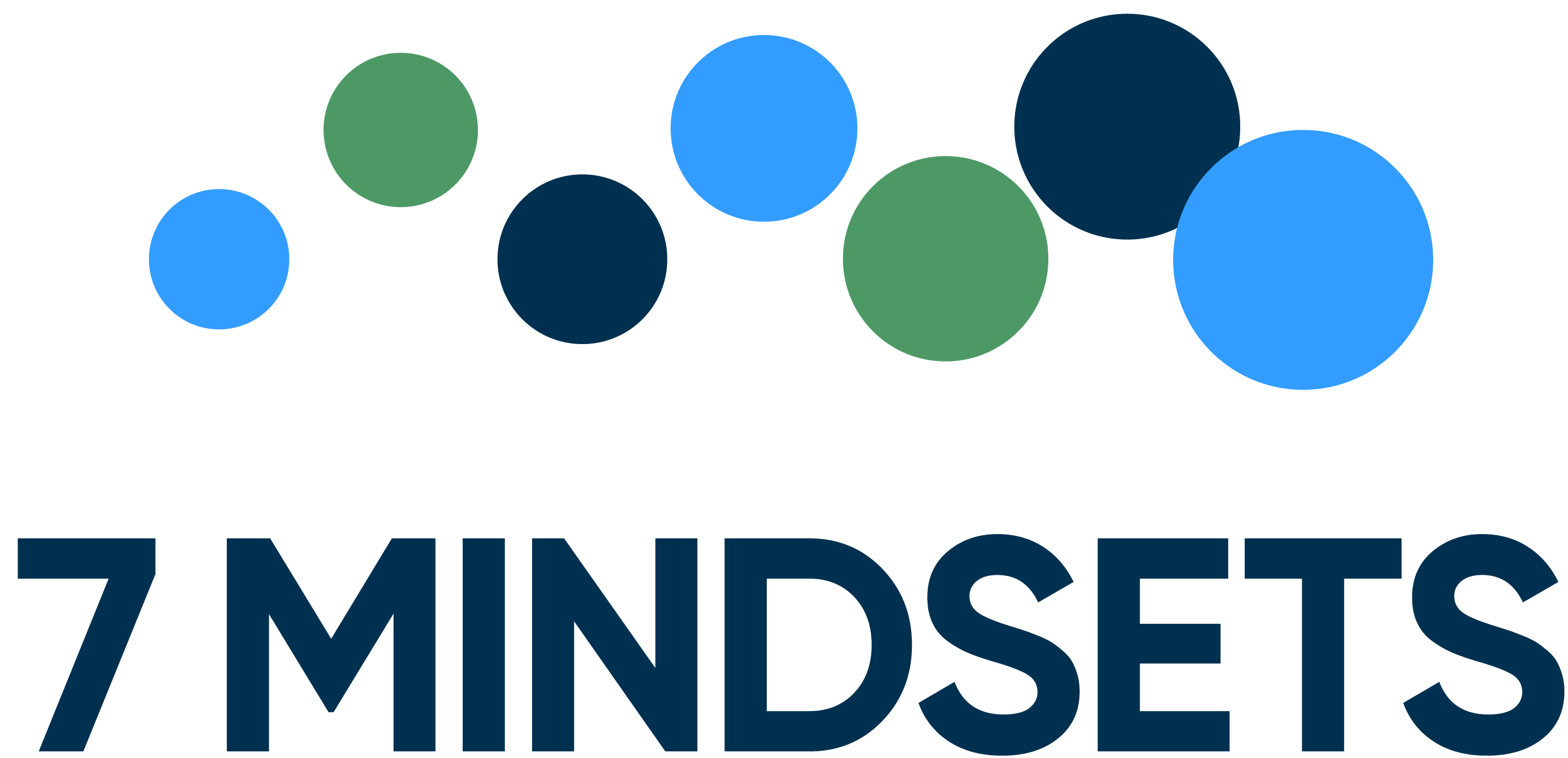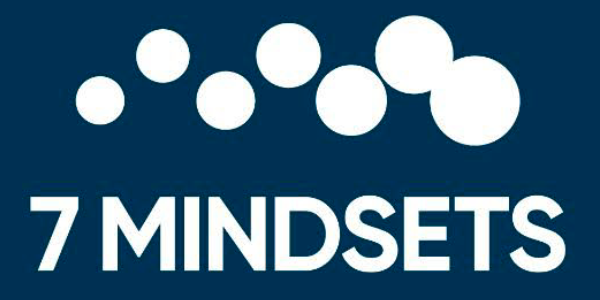Why the Time is Now to Shift from a Deficit Mindset to a Growth Mindset with a Strengths-based Approach in Education
Our education system has focused for too long on what students lack, where they are failing, and what is “wrong” with them. This “deficit thinking”—or mindset—fails to see the innate strengths of students and runs the risk of inhibiting their ability to realize their full potential before they even get started. One of the most significant opportunities for those working in education today is a shift from this harmful deficit mindset to a growth mindset with a strengths-based approach.
Why a strength-based approach
In education, moving from a deficit mindset to a growth mindset with a strengths-based approach means recognizing that all students have individual gifts, talents, and skills; nurturing these strengths and assets builds confidence and instills resilience. It teaches students to recognize what they can do, establishing a positive mindset and helping them face any challenge.
Additionally:
- Underlying a strengths-based approach is social emotional learning (SEL), which gives students the constructive tools to develop fundamental skills such as self-awareness, self-management, social awareness, relationship skills, and responsible decision-making. Building these skills is all done with a sensitivity to students’ unique experiences and identities, and when students develop them, they experience more positive relationships with peers, engage in more prosocial behaviors, and are less likely to misbehave.
- Using a strengths-based approach combined with a growth mindset helps students believe they can succeed from an early age because it sets them up with the internal toolbox that they can draw from to be successful later in life. Students have more confidence in their work ethic, dedicate more effort, and don’t give up when they are told “no” in their educational career.
Why this shift from a deficit mindset to a growth mindset approach is important
We want our children to focus on their strengths, needs, growth, and goals. For educators, adopting a strength-based approach and a growth mindset centers young people in a dynamic and holistic learning environment that is more effective and responsive to students’ needs, expanding their learning significantly. Additionally, when educators are actively engaged and responsive, there is not only potential for immediate learning but ongoing value creation as well. Using strengths-based approaches, along with SEL and growth mindsets, can discourage misbehavior while also explicitly teaching individual and social expectations and accountability for individuals’ own behavior.
Today there is an urgency for those working in education to shift from a deficit mindset to a growth mindset with a strengths-based approach in teaching. This more positive mindset—combined with social and emotional learning—can improve opportunities for students, reduce behavior challenges for educators, and build more positive and productive school culture where students, teachers, and staff are engaged and invested in their communities.
DOWNLOAD THE FREE EBOOK
Learn more about shifting to a strength-based, growth mindset; download the resource, How to Shift from a Deficit Mindset to a Strength-Based, Growth Mindset Approach.





